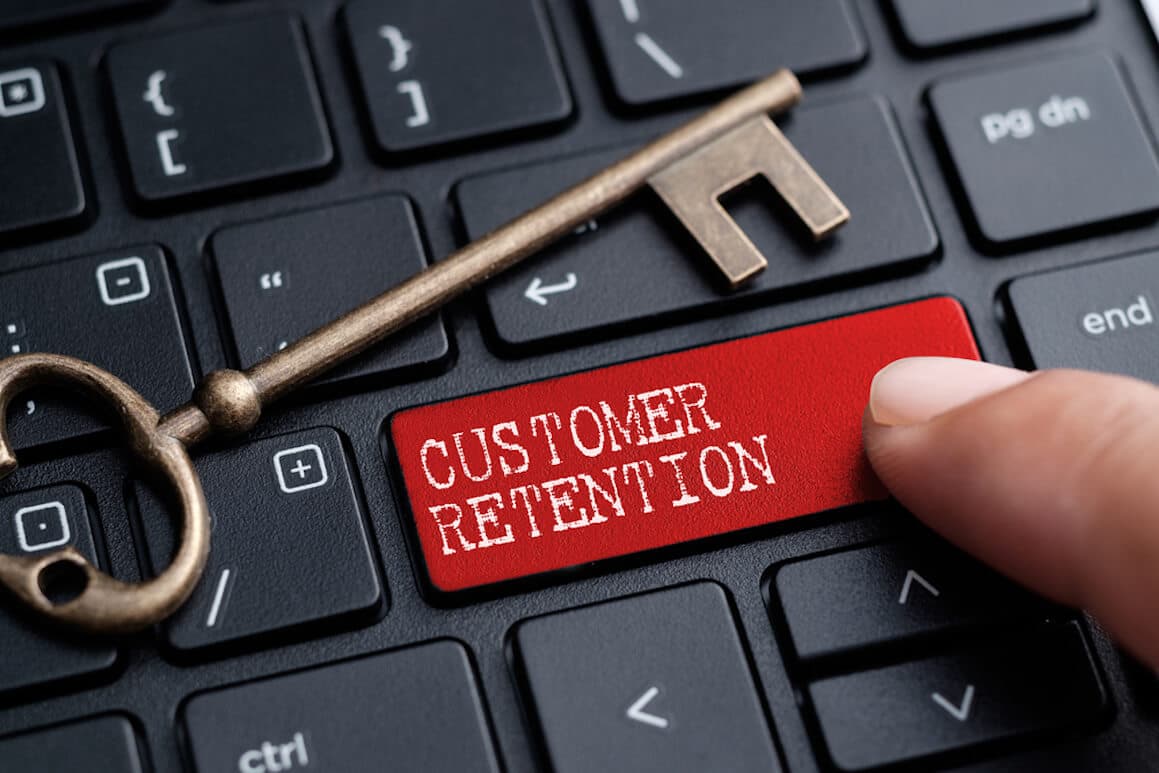Customer Experience
What is Customer Experience Marketing: Key Strategies and Practices
Article written by Kate Williams
Content Marketer at SurveySparrow
10 min read
19 September 2025

Did you know that delivering an exceptional customer experience can be a game-changer for your business? Imagine a world where every interaction with your brand leaves a lasting impression, where customers become loyal advocates and ambassadors. Customer experience marketing is the key to unlocking personalized experiences, seamless interactions, and emotional connections that form the foundation of success.
In this blog, we’ll explore:
- The world of customer experience marketing
- Its importance in the realm of digital marketing
- Strategies and practices to create a successful customer experience
But before we set off, let’s start with a fundamental question:
What is Customer Experience Marketing?
Customer experience marketing is a strategic approach that prioritizes creating positive interactions and relationships between businesses and their customers. It encompasses all touchpoints in the customer journey, from brand awareness to post-purchase support.
Unlike traditional marketing, CX marketing emphasizes delivering exceptional service throughout the entire customer lifecycle.
One way to think of customer experience marketing is to consider it the bridge between marketing and customer service. While marketing aims to attract and acquire customers, customer service focuses on retaining and delighting them. By combining these two elements, businesses can create a holistic and customer-centric approach that sets them apart from the competition.
The Three Main Components of Customer Experience (CX)
Let’s explore its three main components:
#1 Customer Interaction
This component involves all direct interactions between customers and your business. It includes customer support, sales consultations, and any other touchpoints where customers engage with your brand. By delivering prompt, personalized, and knowledgeable assistance, you can enhance the overall CX.
#2 Emotional Connection
Emotions play a significant role in shaping customer perceptions and loyalty. Creating an emotional connection with your customers involves understanding their needs, empathizing with their challenges, and delivering personalized experiences. By tapping into the emotional aspect of the customer journey, you can foster stronger relationships and long-term loyalty.
#3 Customer Perception
How your customers perceive your brand and its offerings greatly influences their overall experience. This component involves managing their expectations, consistently delivering on promises, and ensuring the quality and relevance of your products or services. By aligning your brand’s values with the expectations of your target audience, you can enhance their perception and drive positive experiences.
Why is Customer Experience Important in Marketing?
Now that we understand the fundamentals of CX marketing let’s explore why it’s crucial for businesses to prioritize them in their strategies:
Differentiation
In a crowded marketplace where products and services can be similar, CX becomes a key differentiator. By providing exceptional service, you can stand out from the competition and create a unique brand identity that resonates with your target audience.
Customer Loyalty and Advocacy
When customers have a positive experience with your brand, they are likelier to become loyal patrons and even advocates for your business. Loyal customers not only continue to choose your offerings but also spread positive word-of-mouth, attracting new customers and driving growth.
Repeat Business and Revenue Growth
Investing in customer experience marketing can lead to increased retention and repeat business. Satisfied customers are more likely to return for future purchases, resulting in a steady revenue stream and long-term business growth. (Related:All You Need To know about customer retention)
What Makes a Superior Customer Experience?
Imagine stepping into a store where the atmosphere is warm and welcoming. The friendly staff greets you with a smile and goes above and beyond to cater to your needs. Every interaction feels personalized and leaves you with a positive impression. This is a superior customer experience.
To define what makes a superior customer experience, let’s break it down into three key elements:
Personalization:
- Customers crave personalized interactions that make them feel valued and understood. You can tailor your offerings to match individual preferences by leveraging customer data and employing smart segmentation.
- Whether it’s addressing customers by their names or recommending products based on their past purchases, personalization creates a sense of connection and enhances the overall experience.
Convenience:
- Customers expect seamless and effortless experiences across multiple channels. From easy-to-navigate websites to streamlined checkout processes, every interaction should be designed with convenience in mind.
- Remember, reducing friction and simplifying the customer journey can leave a lasting impression.
Emotional Connection:
- By tapping into your customers’ emotions, you can create memorable moments that forge a deep connection.
- Empathy, understanding, and going the extra mile to exceed expectations are all ways to build an emotional bond with your customers.
- Customers who feel cared for and understood become loyal advocates for your brand.
Why Marketing and Customer Service Should Work Together…
When you have an issue with a product or a service, what’s the first thought that pops into your mind?
Let me guess. Customer service?
Well, if that’s the case, let’s say you reached out to the customer support team of the brand. Now imagine getting personalized solutions! The cherry on top? The customer service representative not only addresses the issue promptly but also takes the opportunity to recommend additional products or services that align with the customer’s preferences.
This is the power of collaboration between marketing and customer service.
Marketing and customer service should work hand in hand to create a seamless and cohesive experience. Here’s why:
- Consistent Messaging: First, when marketing and customer service collaborate, they can ensure a consistent brand message across all touchpoints. From advertising campaigns to customer interactions, a unified voice strengthens brand identity and fosters trust.
- Data Sharing: By sharing customer data between marketing and customer service teams, you can better understand your customers’ needs and preferences. This data-driven approach allows for more personalized interactions and targeted marketing campaigns.
- Upselling and Cross-Selling Opportunities: Most importantly, customer service representatives, equipped with marketing insights, can identify upselling and cross-selling opportunities during customer interactions. By recommending relevant products or services, they can drive additional revenue while enhancing the customer experience.
Creating an Effective CX Marketing Strategy
Before we delve deep, we need to first understand the process. So, how can you create a customer experience marketing strategy that leaves a lasting impact?
You can use any tool available on the market for each of these steps. If you want to see great results, SurveySparrow offers comprehensive tools to create an exceptional customer experience.
Here are five key steps to get you started:
1. Know Your Customers
Dive deep into understanding your target audience. Gather data, conduct surveys, and listen to their feedback. The more you know about their preferences, needs, and pain points, the better equipped you’ll be to deliver exceptional experiences.
2. Define Your Brand Promise
What does your brand stand for? What unique value do you offer? Define your brand promise and let it guide your customer experience initiatives. Ensure that every touchpoint reflects your brand’s essence and delivers on your promise.
3. Map the Customer Journey
Take a walk in your customers’ shoes. Map out their journey from discovery to purchase and beyond. Identify key touchpoints and opportunities for improvement. Look for ways to surprise and delight them at each stage of their journey.
4. Personalize, Personalize, Personalize
Embrace the power of personalization. Use the data you’ve gathered to tailor your messaging, recommendations, and experiences to individual customers. Make them feel seen, heard, and valued.
For example, Starbucks has mastered the art of personalization. They offer a highly customizable menu and reward their loyal customers with a personalized loyalty program. By remembering customer preferences and providing tailored experiences, Starbucks creates a sense of belonging and builds long-term relationships. Also, the majority of their products are customized for the individual customer.
5. Empower Your Team
Your employees are your frontline ambassadors. Empower them to deliver exceptional customer experiences by providing training, resources, and a supportive culture. Encourage them to go above and beyond to exceed customer expectations.
Let’s get a little technical.
These are four major steps you should never miss!
6. Voice of the Customer
Gather feedback through surveys, customer interviews, and social media listening to understand your customers’ pain points and expectations. Incorporate these insights into your strategy to address their needs effectively.
7. Omni-Channel Experience
With customers interacting through various channels, providing a consistent experience across all touch points is crucial. Whether it’s your website, social media, or in-person interactions, ensure a seamless transition between channels.
8. Employee Engagement
Engaged and empowered employees are key to delivering exceptional customer experiences. Invest in training programs that equip your employees with the skills and knowledge to provide outstanding service. Encourage a customer-centric culture within your organization.
9. Continuous Improvement
Monitor and analyze customer feedback and key performance indicators to identify areas for improvement. Regularly update and refine your CX marketing strategy to adapt to changing customer needs and market trends.
One key tip: Prioritize understanding your customers. Take the time to gather data, conduct surveys, and listen to their feedback. By gaining deep insights into their preferences, needs, and pain points, you can tailor your marketing efforts to create personalized experiences that truly resonate with your target audience. This customer-centric approach will help you build trust, foster loyalty, and ultimately drive business growth.
Wrapping up
The captivating world of customer experience marketing is at your fingertips. Armed with knowledge of its importance and the strategies to implement it, you’re well-equipped to embark on a journey that will transform your business.
Put your newfound knowledge into practice, and watch as your business thrives by delighting customers at every touchpoint. And if you ever need guidance along the way, SurveySparrow is here to support you with expert insights, resources, and tools.
Now, go forth and create an experience that leaves a lasting impression. Embrace the magic of customer experience marketing and unlock the potential for growth and success that lies within.
14-day free trial • Cancel Anytime • No Credit Card Required • No Strings Attached

Make your customers feel heard. Turn feedback into loyalty with SurveySparrow's CX platform.
Kate Williams
Related Articles

Customer Experience
Enhancing Customer Experience in Utilities: A Comprehensive Guide
8 MINUTES
26 September 2023

Customer Experience
A Definitive Guide to Finding Customer Pain Points in 2024
11 MINUTES
24 May 2018

Customer Experience
9 Tips to Devise the Best Customer Loyalty Programs in 2018
9 MINUTES
27 June 2018

Customer Experience
The Average Customer Retention Rate By Industry
13 MINUTES
6 November 2018
